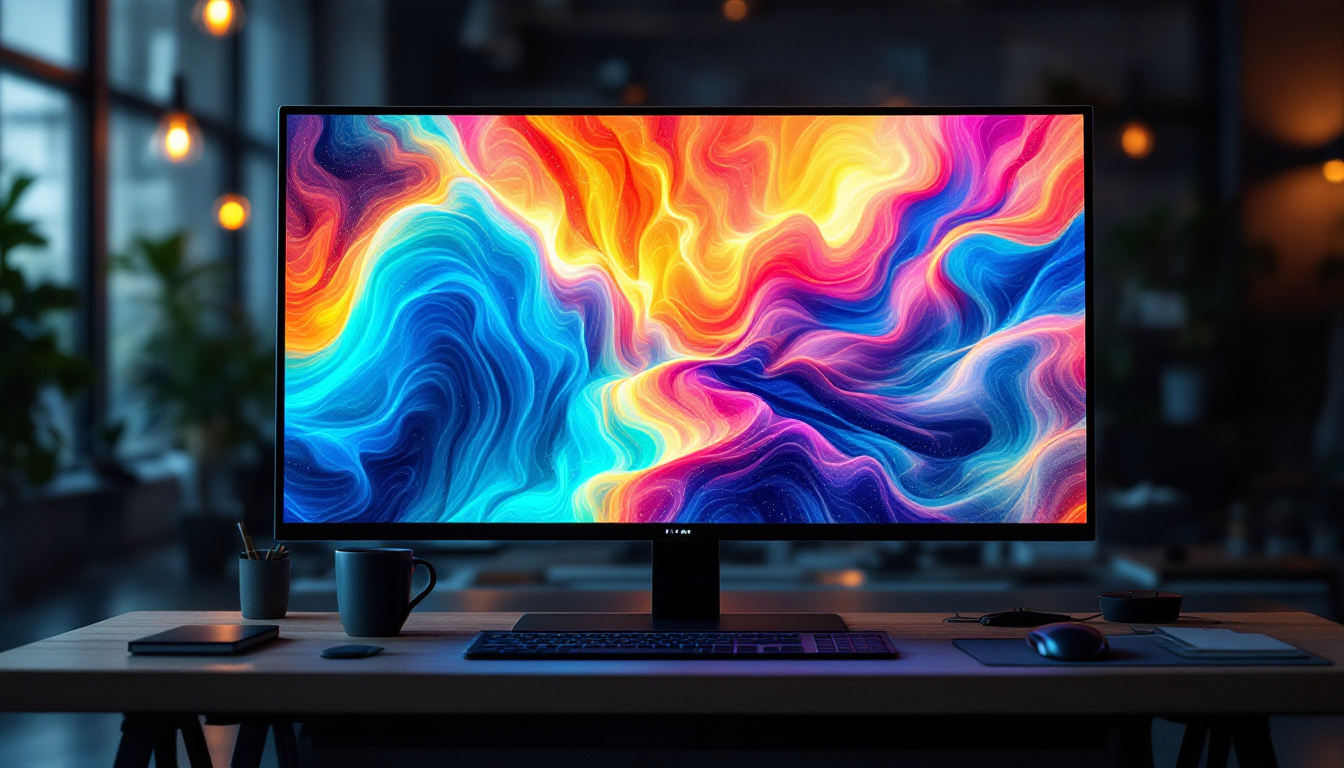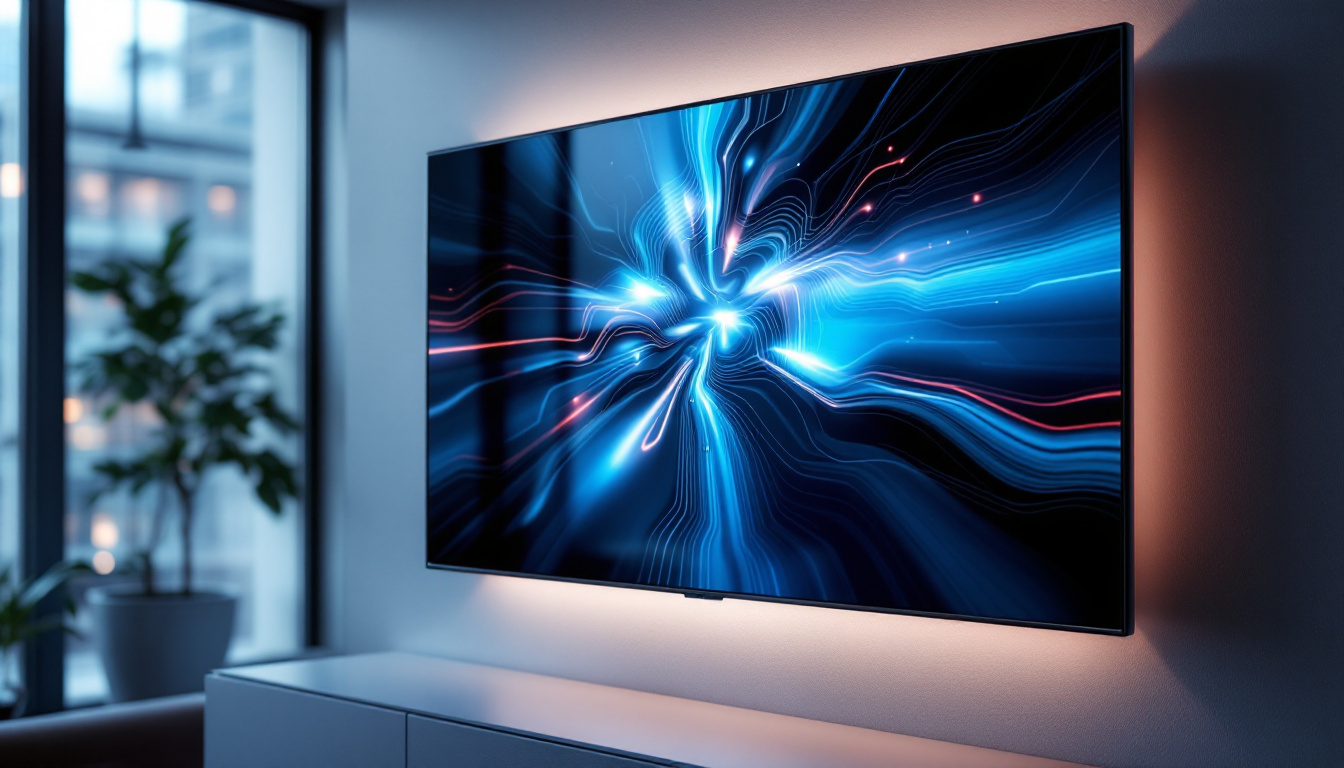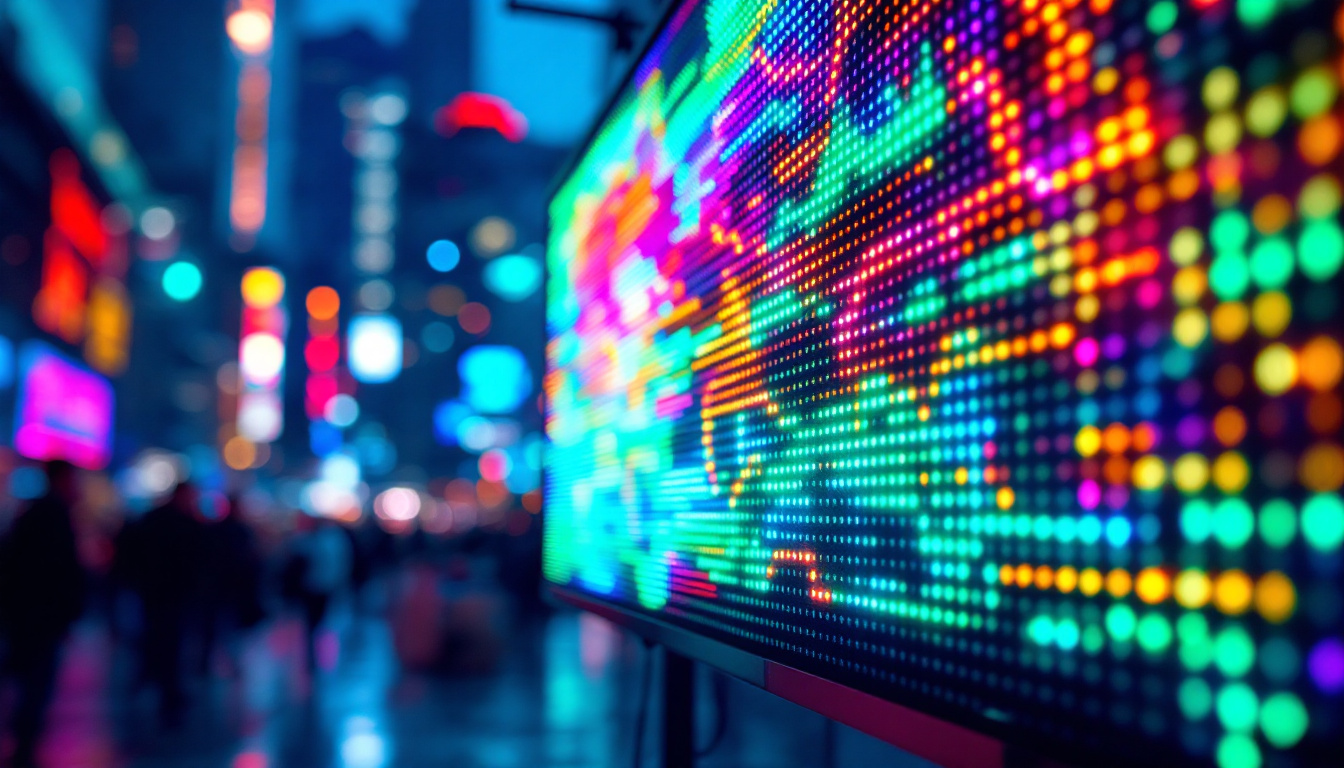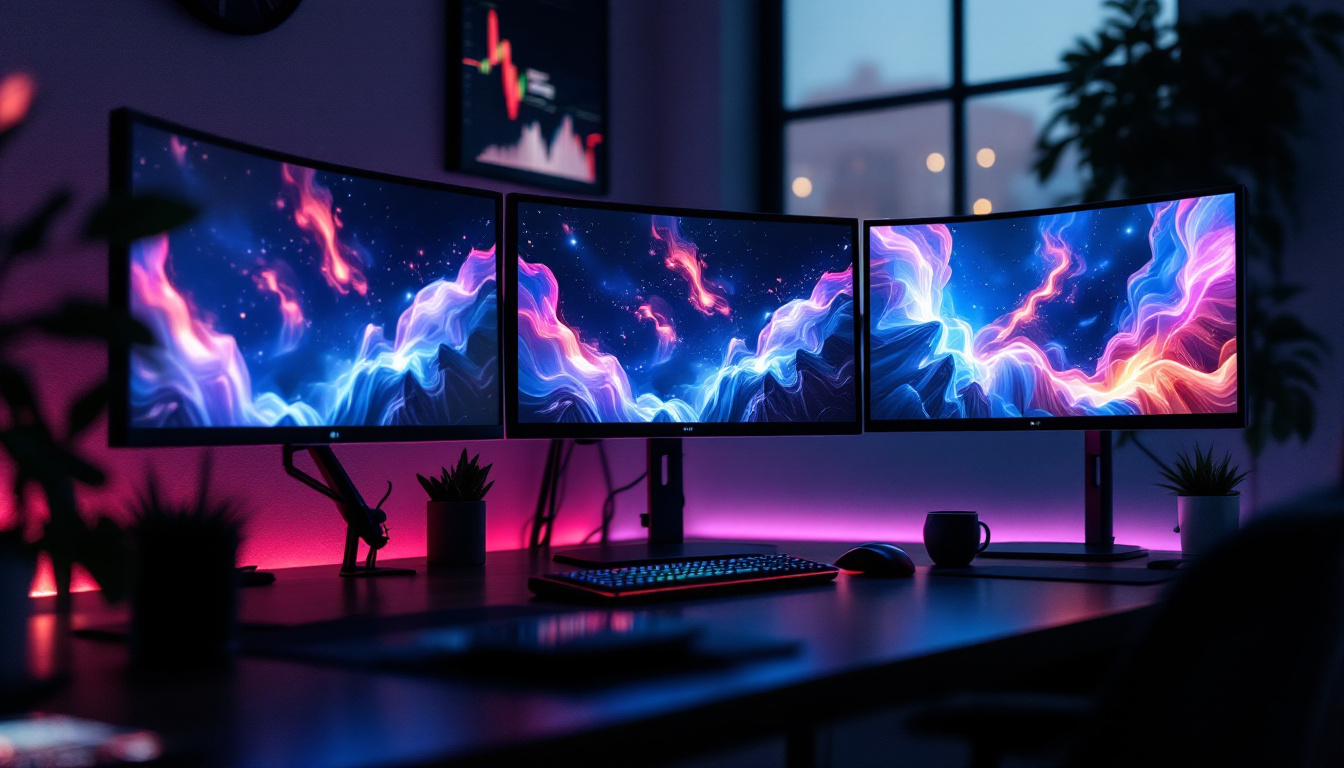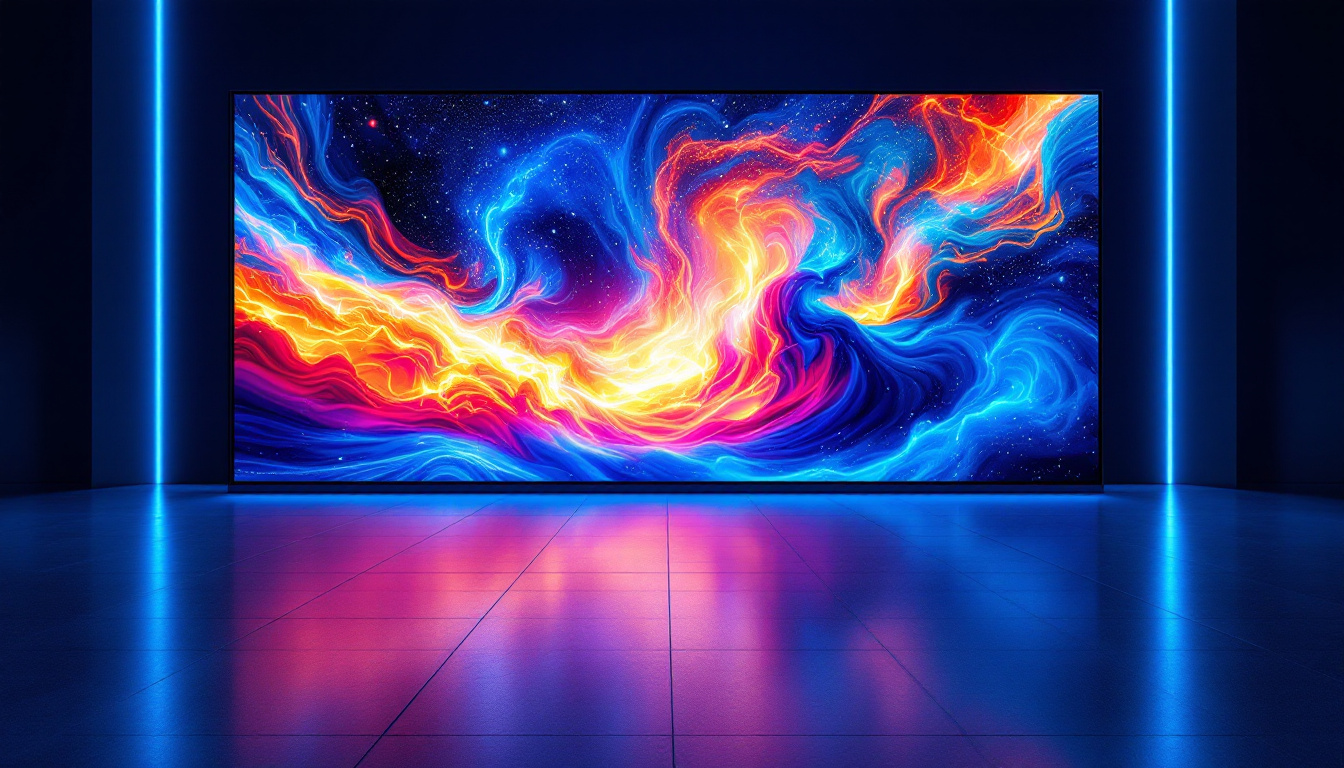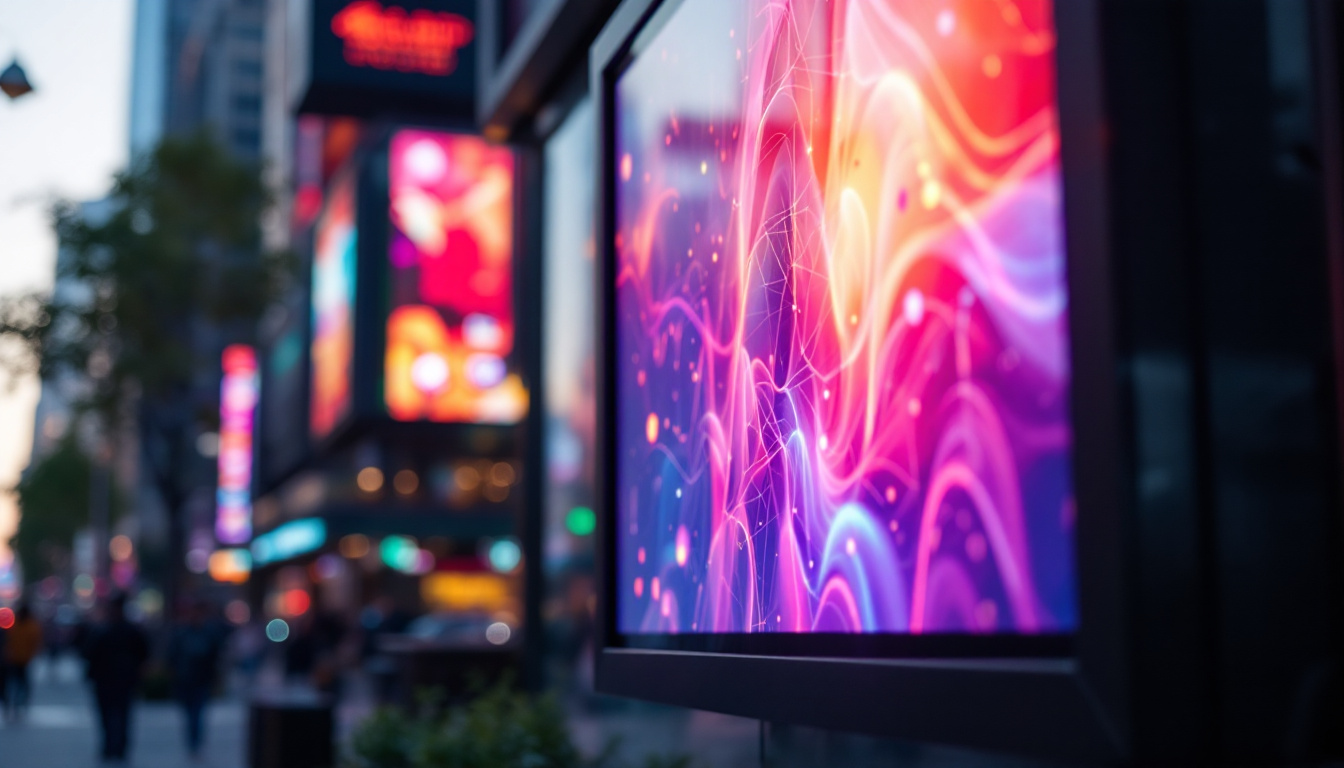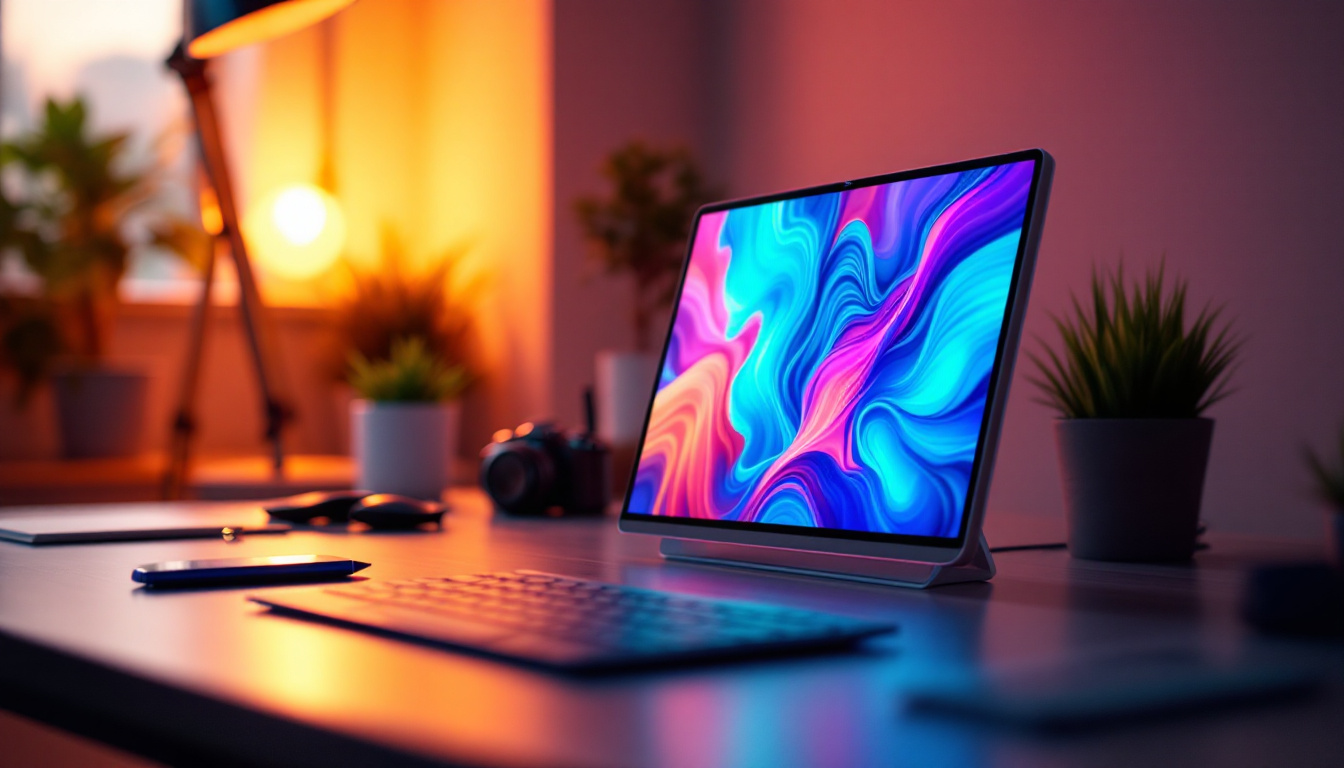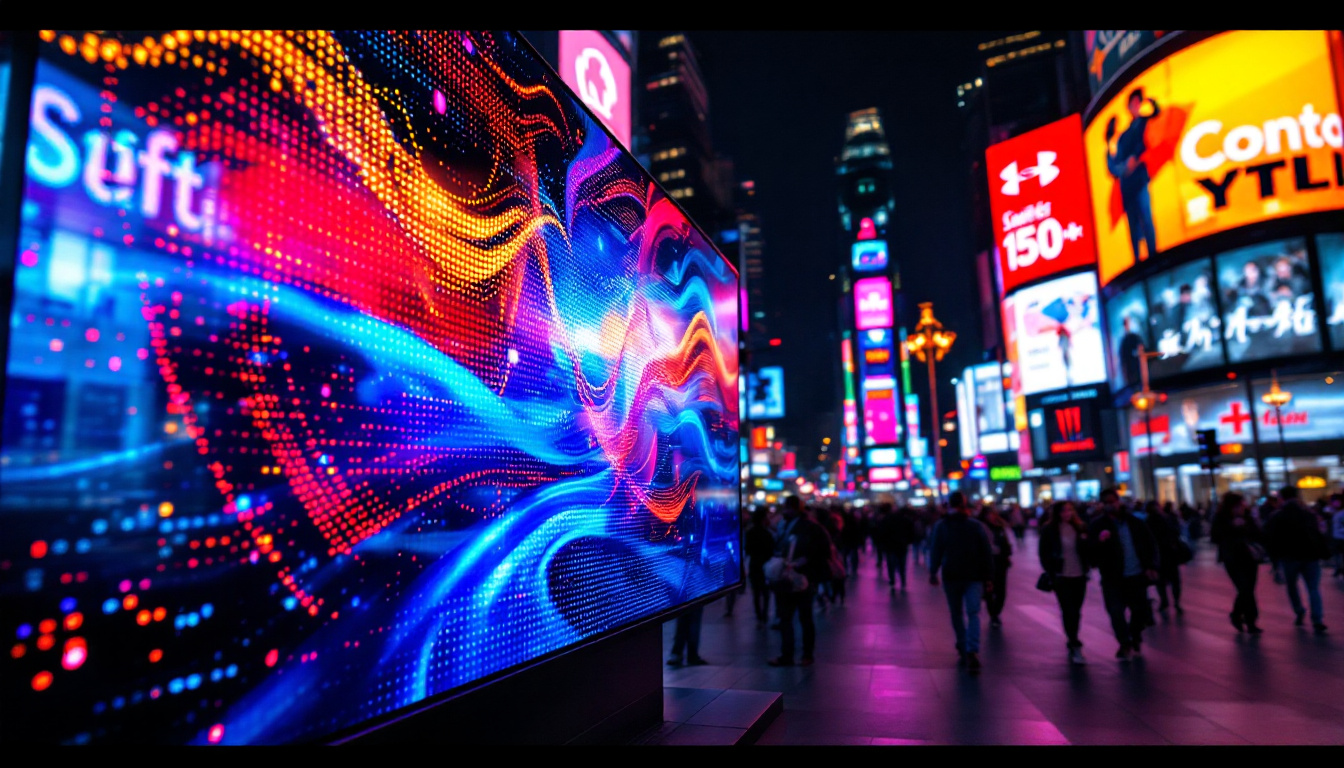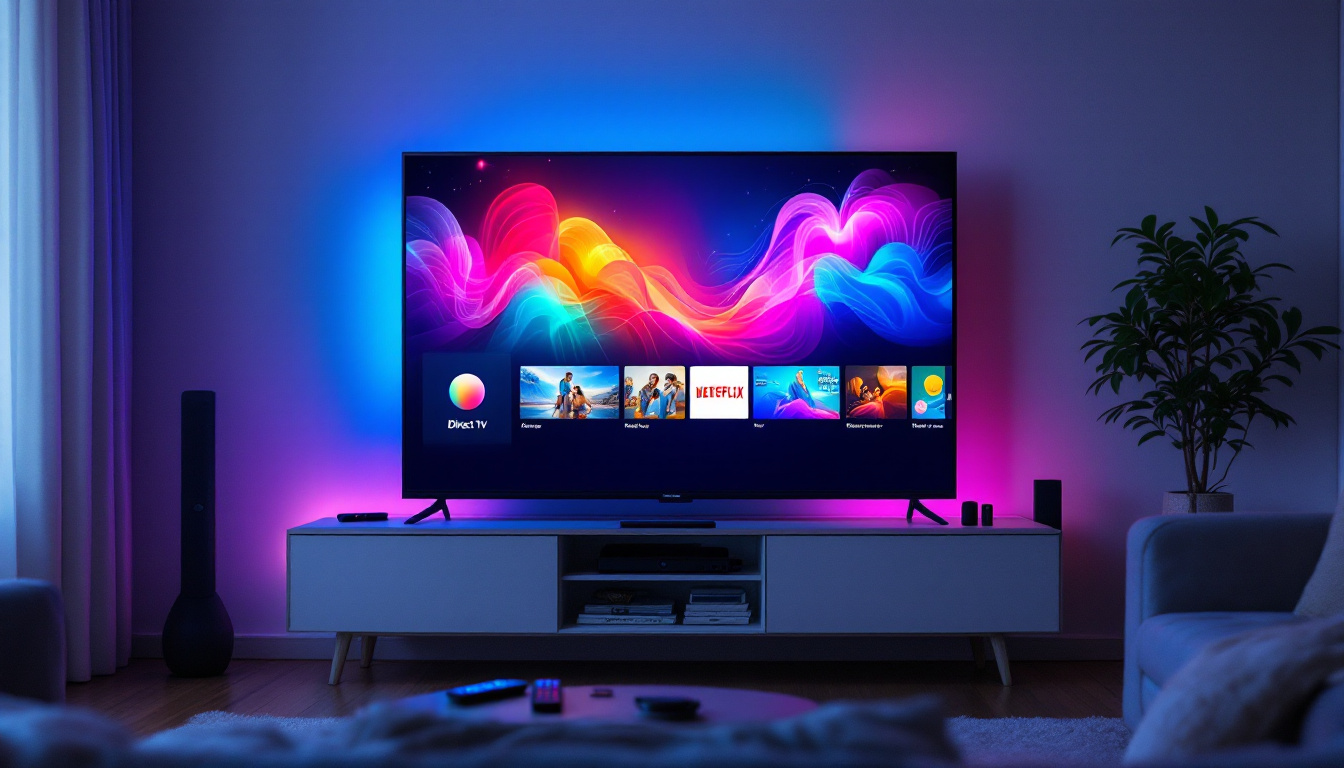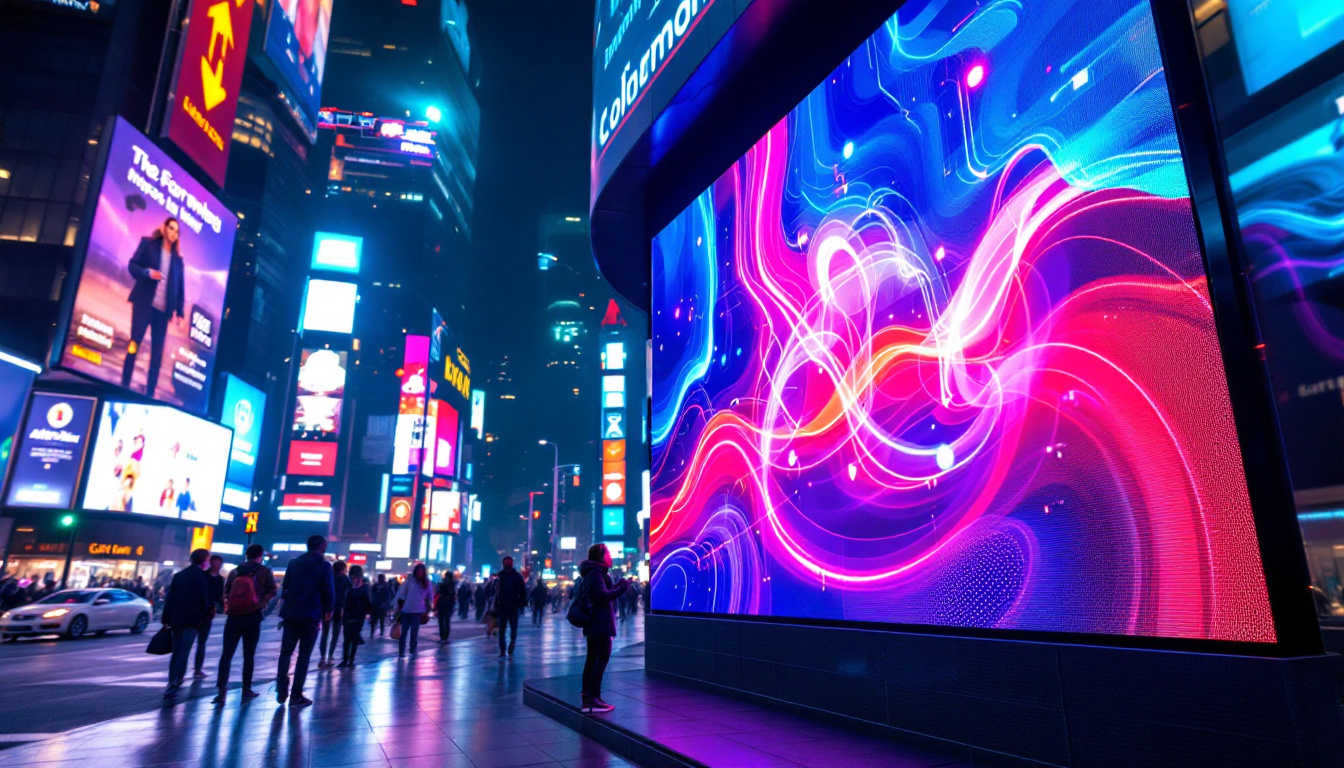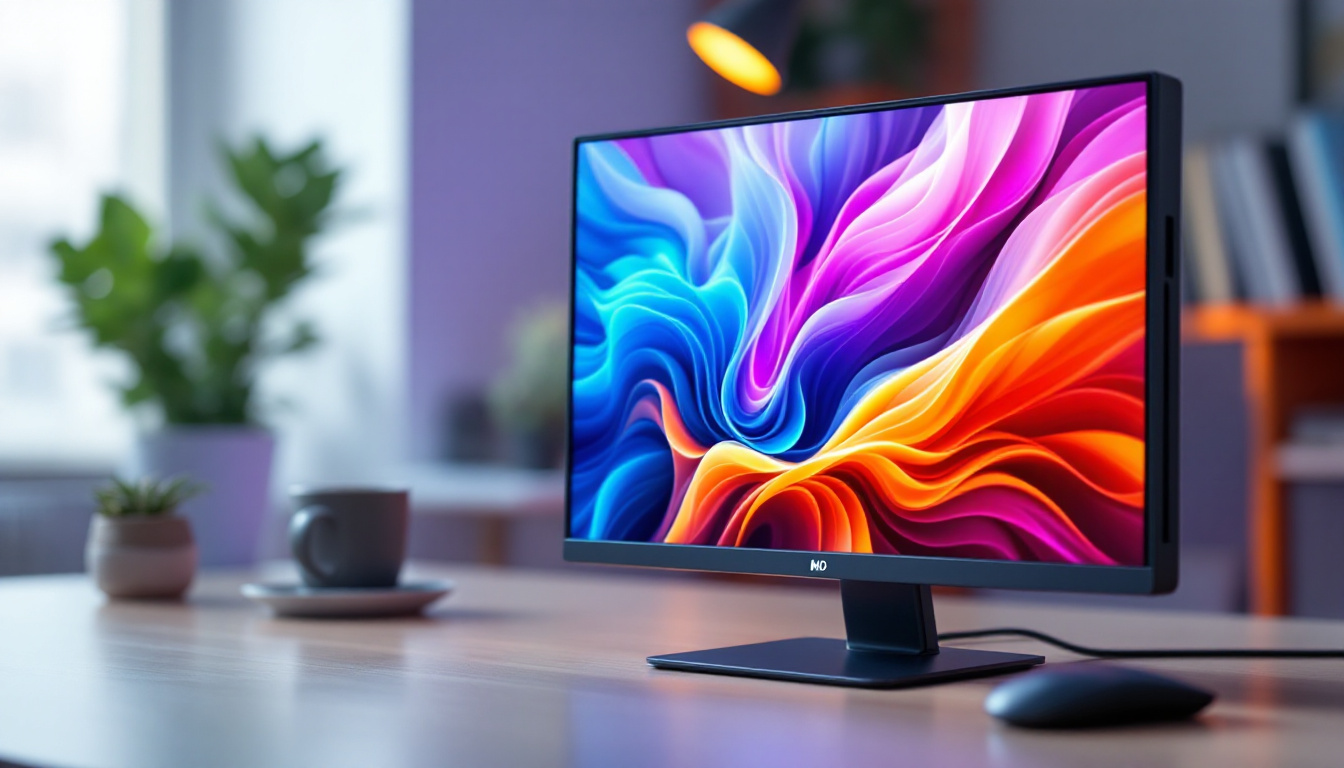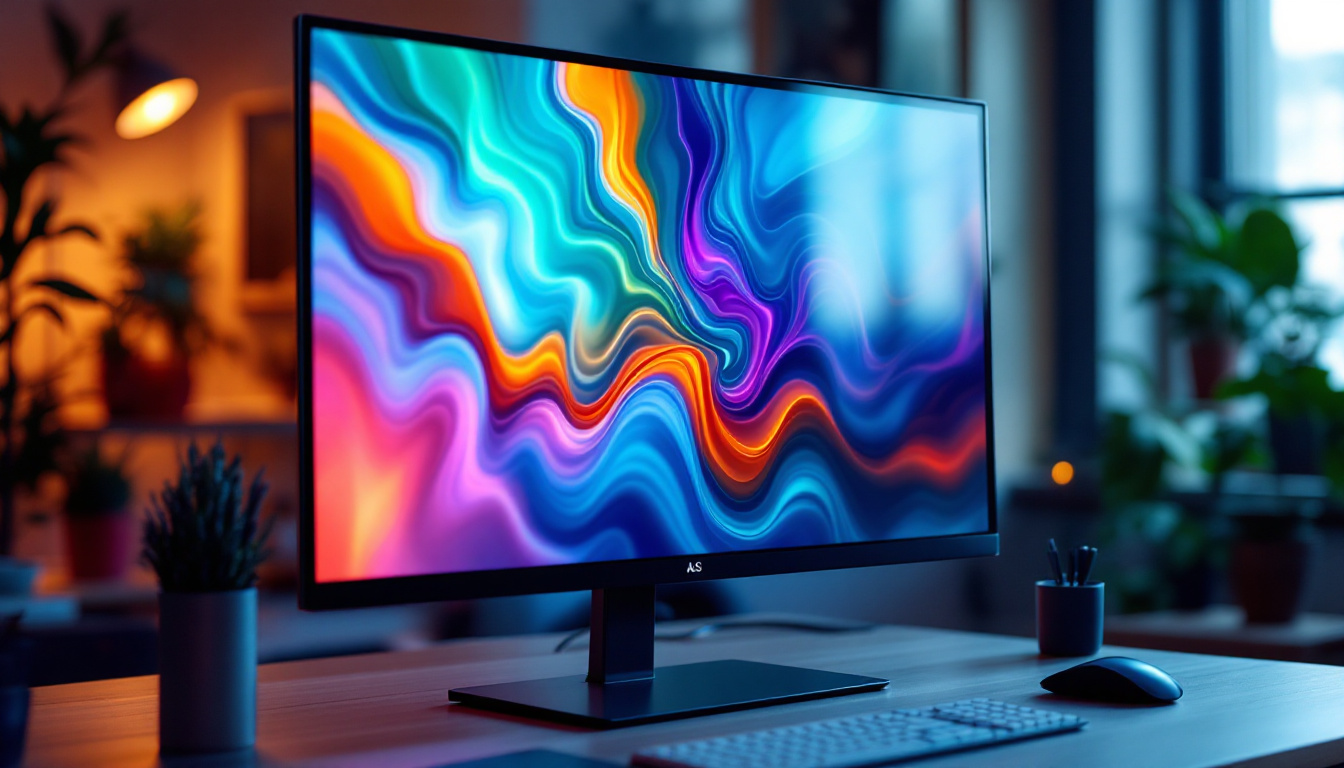Roll Up LCD Screen: LED Display Explained
In the rapidly evolving world of display technology, roll-up LCD screens are making waves for their versatility and innovative design. These screens represent a significant leap forward in how we think about visual displays, combining the benefits of traditional LCD technology with the flexibility of modern materials. This article delves into the intricacies of roll-up LCD screens, exploring their construction, functionality, and applications.
Understanding LCD Technology
Liquid Crystal Display (LCD) technology has been a cornerstone in the display industry for decades. It operates on the principle of manipulating light through liquid crystals sandwiched between layers of glass or plastic. This section will explore the fundamental aspects of LCD technology, providing a foundation for understanding roll-up LCD screens.
The Basics of LCD Operation
At its core, an LCD screen consists of two polarizing filters with a liquid crystal solution in between. When an electric current is applied, the liquid crystals align in such a way that they either block or allow light to pass through. This process creates images by controlling the intensity and color of the light emitted from the backlight.
One of the key advantages of LCD technology is its ability to produce sharp images with excellent color accuracy. This is achieved through the use of color filters that separate light into red, green, and blue components, which are then combined to create a full spectrum of colors. Additionally, LCDs are known for their energy efficiency, making them a popular choice for a wide range of applications. This efficiency is particularly relevant in devices such as smartphones and laptops, where battery life is paramount. The ability to maintain vibrant visuals without draining power rapidly has made LCDs a preferred choice for manufacturers aiming to enhance user experience.
Limitations of Traditional LCDs
Despite their many advantages, traditional LCDs come with certain limitations. One significant drawback is their rigidity; the glass or plastic layers used in conventional LCDs make them less adaptable to different environments. This rigidity can limit their use in applications where space is a concern or where flexible displays would be more beneficial. In contrast, emerging technologies, such as OLED and flexible display panels, are beginning to offer alternatives that can bend and conform to various surfaces, opening up new possibilities for design and functionality.
Furthermore, traditional LCDs are often heavier and bulkier compared to newer display technologies. This can pose challenges in terms of portability and installation, particularly in settings where lightweight and easily transportable displays are preferred. The weight and thickness of LCD panels can also impact their integration into modern devices, where sleek and minimalist designs are in high demand. As manufacturers strive to create thinner and lighter devices, the limitations of traditional LCDs may push the industry towards more innovative solutions, such as rollable or foldable screens that promise to redefine how we interact with technology.
Introduction to Roll-Up LCD Screens
Roll-up LCD screens emerge as a solution to the limitations posed by traditional LCD technology. By utilizing advanced materials and innovative designs, these screens offer flexibility, portability, and a range of new applications that were previously unattainable.
What Makes Roll-Up LCD Screens Unique?
The primary feature that distinguishes roll-up LCD screens from their traditional counterparts is their ability to be rolled or folded without damaging the display. This is made possible through the use of flexible substrates and advanced manufacturing techniques that allow the liquid crystals to function effectively even when the screen is bent.
These displays are typically constructed using lightweight materials, making them easier to transport and install. The flexibility of roll-up LCD screens opens up new possibilities in various fields, from advertising to personal devices, allowing for dynamic display solutions that can adapt to different environments.
Key Components of Roll-Up LCD Technology
Roll-up LCD screens consist of several key components that contribute to their functionality and performance. The flexible substrate is one of the most critical elements, as it supports the liquid crystal layer while allowing for bending and rolling. Common materials used for the substrate include plastic films that are both lightweight and durable.
Another essential component is the backlight system, which provides illumination for the display. In many roll-up LCD designs, LED backlighting is utilized due to its energy efficiency and ability to produce bright, vibrant colors. The integration of these components is crucial for ensuring that the roll-up screen maintains its image quality, even when manipulated.
Applications of Roll-Up LCD Screens
The versatility of roll-up LCD screens has led to their adoption in various industries and applications. Their unique characteristics make them suitable for a wide range of uses, from advertising to personal technology. This section will explore some of the most notable applications of roll-up LCD screens.
Advertising and Marketing
One of the most prominent applications of roll-up LCD screens is in the advertising and marketing sector. These displays can be easily transported and set up in various locations, making them ideal for promotional events, trade shows, and retail environments. Their ability to roll up and be stored compactly allows businesses to maximize their advertising reach without the hassle of traditional display setups.
Moreover, roll-up LCD screens can showcase dynamic content, such as videos and animations, which can capture the attention of passersby more effectively than static displays. This flexibility in content presentation allows marketers to tailor their messages to specific audiences and environments, enhancing engagement and driving sales.
Personal Devices and Wearable Technology
As technology continues to evolve, the potential for roll-up LCD screens in personal devices and wearable technology is becoming increasingly apparent. Imagine a smartphone that can be rolled up and stored in a pocket, or a smartwatch with a flexible display that can expand for a larger viewing area. These possibilities are no longer just concepts; they are becoming a reality as manufacturers explore the integration of roll-up LCD technology into everyday devices.
Such innovations could lead to more compact and user-friendly devices, allowing for greater functionality without sacrificing portability. The adaptability of roll-up LCD screens makes them an attractive option for designers looking to push the boundaries of what is possible in personal technology.
Medical and Industrial Applications
In addition to consumer applications, roll-up LCD screens are finding their way into medical and industrial settings. For instance, in medical environments, flexible displays can be used for portable diagnostic equipment, allowing healthcare professionals to easily transport and utilize technology in various locations.
In industrial settings, roll-up LCD screens can be employed for training and informational displays, providing workers with essential information in a format that is easy to transport and set up. The adaptability of these screens can enhance operational efficiency and improve communication in dynamic work environments.
The Future of Roll-Up LCD Technology
The future of roll-up LCD screens is bright, with ongoing advancements in materials and manufacturing techniques paving the way for even more innovative applications. As research continues, several trends are likely to shape the development of this technology.
Advancements in Flexibility and Durability
Future roll-up LCD screens are expected to feature enhanced flexibility and durability, allowing them to withstand more rigorous use. Researchers are exploring new materials and coatings that can improve the resilience of these displays, making them suitable for even more demanding environments.
As these advancements occur, the potential for roll-up LCD screens to be used in extreme conditions—such as outdoor environments or industrial settings—will expand, further increasing their applicability across various sectors.
Integration with Smart Technologies
As the Internet of Things (IoT) continues to grow, the integration of roll-up LCD screens with smart technologies is becoming increasingly feasible. Imagine a world where flexible displays can connect seamlessly with other devices, providing real-time information and updates in a format that is easy to access and use.
This integration could lead to the development of smart environments where roll-up LCD screens serve as dynamic interfaces for controlling various aspects of daily life, from home automation to health monitoring. The possibilities are vast and exciting, indicating a future where technology is more interconnected than ever.
Environmental Considerations
As with any technology, environmental considerations play a crucial role in the future of roll-up LCD screens. Manufacturers are increasingly focusing on sustainable practices, seeking to minimize waste and reduce the environmental impact of production processes.
Future roll-up LCD screens may incorporate eco-friendly materials and energy-efficient manufacturing techniques, aligning with global efforts to promote sustainability in technology. This focus on environmental responsibility will not only benefit the planet but also appeal to consumers who prioritize eco-conscious products.
Conclusion
Roll-up LCD screens represent a significant advancement in display technology, offering a unique combination of flexibility, portability, and functionality. As industries continue to explore the potential applications of these innovative displays, it is clear that they will play an essential role in shaping the future of visual communication.
From advertising to personal devices, the adaptability of roll-up LCD screens opens up new possibilities that were once thought to be unattainable. As advancements in materials and technology continue to unfold, the future looks promising for this exciting development in the world of displays.
In conclusion, the evolution of roll-up LCD screens is not just a trend but a transformative shift in how we interact with technology. As these screens become more prevalent, they will undoubtedly change the landscape of visual communication, making it more dynamic, engaging, and accessible for all.
Discover the Future of Display Technology with LumenMatrix
As you envision the dynamic and flexible future that roll-up LCD screens promise, LumenMatrix stands at the forefront, ready to bring these innovative visual solutions into reality. With a commitment to revolutionizing visual communication, LumenMatrix offers an extensive range of LED display modules, from Indoor and Outdoor LED Walls to Custom and All-in-One LED Displays, each designed to captivate and engage. Whether for advertising, personal devices, or any other application, LumenMatrix is poised to enhance your brand visibility with vibrant and immersive experiences. Check out LumenMatrix LED Display Solutions and be a part of the visual revolution.


